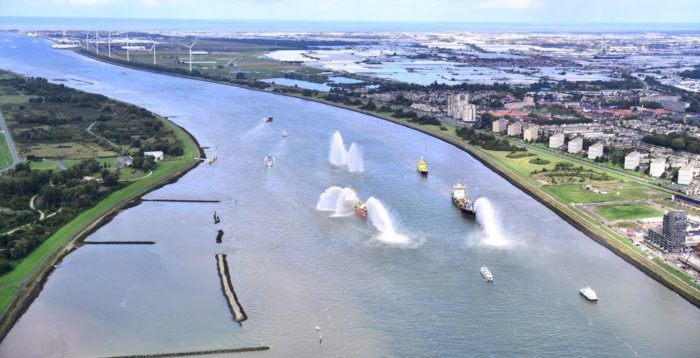ESPO considers Onshore Power Supply (OPS) a part of the solution to greening the shipping sector, saying it is an important tool for reducing CO2 emissions and air pollution at berth and in ports.
As ESPO says, an ambitious OPS deployment plan includes large investments up front and significant operational costs.
However, these costs cannot be borne by ports alone, making public funding a precondition for a successful deployment of OPS. In fact, for Europe’s ports, the only way to ensure a rapid deployment of OPS and avoid a waste of public funds is to focus on deploying OPS where it delivers cost-effective reductions of greenhouse gas emissions and air pollution at berth.
For this reason, ESPO has put forward a framework that can guide ports and policy makers in developing an effective and intelligent approach for OPS.
Europe’s ports want to go for more OPS. If ports want to prepare an ambitious and effective OPS deployment plan, there is a need to focus deployment efforts on where OPS would make sense. The cost of installing OPS is too high to just decide to go for OPS everywhere, without a proper analysis of costs and benefits. By pooling the experiences from ports who have done their homework on OPS, we have been able to produce a practical list of do’s and don’ts for OPS
says ESPO’s Secretary General Isabelle Ryckbost.
In addition, to help facilitate constructive and effective policy on OPS, ESPO has identified key criteria to be assessed together:
- The OPS readiness of the ship (or shipping segment);
- Is the vessel (segment) spending sufficient time at berth for it to make sense to connect;
- Are there frequent users of a berth (OPS connection is easier in case of a regular vessel call at a the same berth);
- Is the berth enough used to make it worth the investment;
- Planned new berths (where OPS can directly be integrated in the planning of the port).
In addition to these key criteria, some port-specific circumstances need to be considered, such as the location of the berth and of the port, berth size and layout to match the vessel connection, access to (public) funding, available grid capacity and access to renewable energy.
Overall, Europe’s ports consider that it is very difficult to identify a shipping segment which by definition and without any other considerations would be identified as OPS-suitable. Therefore, certain shipping segments could be more appropriate and prioritised.
These segments include ultra large container vessels, and the cruise and ferry segments since they generally berth near built-up areas and urban agglomerations.
What is more, while the cost of installing OPS varies from port to port and between different locations in ports, OPS generally comes with a very big price tag.
It is a fact that all OPS projects so far have received substantial public funding or support. When preparing the financial case for OPS deployment, we need to consider not only the cost of setting up the system, but also the grid connectivity and operational costs with potentially high fixed costs that are not borne by the user
ESPO noted.
Finally, ESPO stresses that the deployment of OPS takes time and must, if relevant, be seen against other possible technologies which can be deployed in the same timeframe (10-15 years).































































